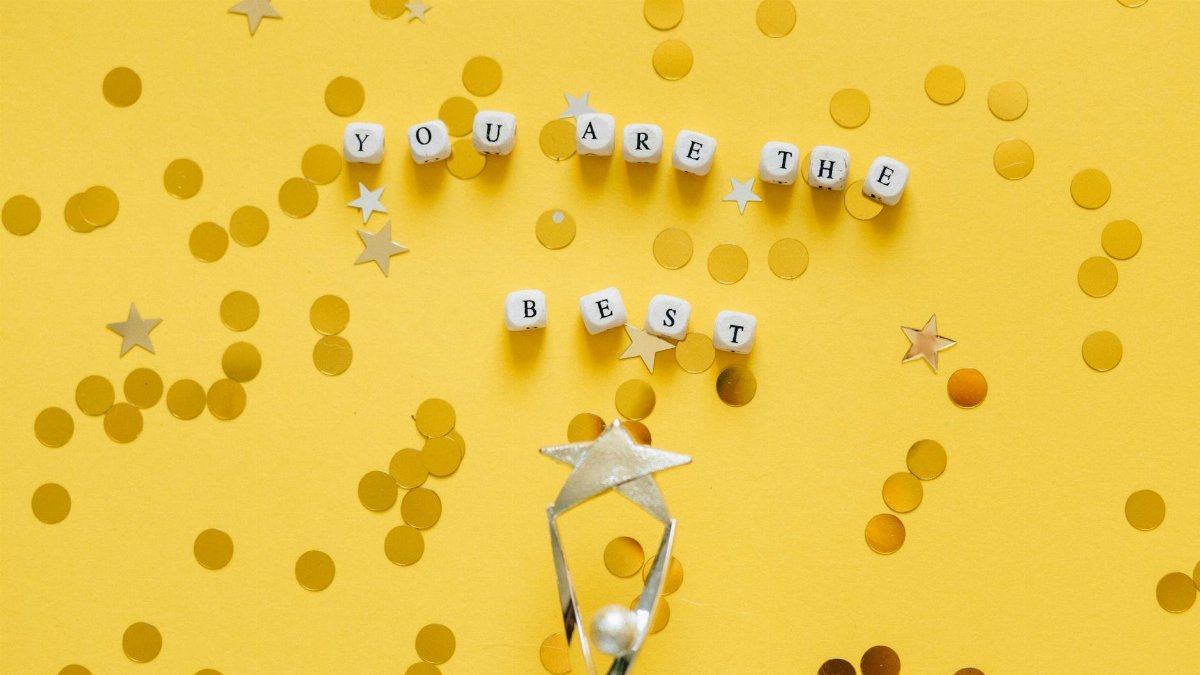Is reflective listening text really the solution everyone claims? In an age where digital communication often fuels misunderstandings, this method—mirroring someone’s emotions and words over text—promises to bridge gaps and defuse tension. Experts say it’s a game-changer for personal and professional relationships, especially as texting dominates daily interactions in 2025. With more Americans relying on quick messages to connect, mastering reflective listening text could be the key to clearer, more empathetic exchanges. But how does it work, and can it truly cut through the noise of digital drama?
What Is Reflective Listening Text?

Reflective listening text is a communication technique where you echo someone’s feelings or thoughts in your messages to show understanding. Unlike face-to-face conversations, texting strips away tone and body language, making misinterpretation common. By paraphrasing or acknowledging the other person’s emotions in your reply, you signal that you’re truly listening. For instance, if a friend texts, “I’m so stressed about this deadline,” you might respond, “Sounds like that deadline is really weighing on you.” It’s simple but powerful for building trust digitally.
Why It Matters in 2025

As texting remains a primary communication tool for over 80% of Americans, misunderstandings are rampant. A 2023 study by the Pew Research Center found that digital miscommunication contributes to conflict in nearly half of personal relationships. Reflective listening text offers a way to counteract this by prioritizing empathy over quick, thoughtless replies. With remote work and virtual friendships on the rise in 2025, ensuring clarity in text exchanges isn’t just nice—it’s necessary.
The Science Behind Its Effectiveness

Research backs the impact of reflective listening, even in digital formats. A 2021 study from the American Psychological Association showed that mirroring emotions in communication fosters a sense of validation, reducing conflict by up to 30%. Applied to texting, this technique helps recipients feel heard, even without vocal cues. Psychologists note that acknowledging emotions in text can de-escalate heated exchanges, making it a practical tool for everything from family spats to workplace disagreements.
How to Apply It Without Sounding Fake

The trick with reflective listening text is authenticity. If your response feels robotic, it can backfire. Start by reading the other person’s message carefully. Identify the core emotion or concern, then reflect it naturally. Avoid overused phrases like “I hear you.” Instead, tailor your reply: If someone texts, “I’m frustrated with this project,” try, “That project seems to be getting under your skin.” Keep it genuine, and don’t force a solution unless asked. The goal is to show you’re engaged, not to fix everything.
Common Pitfalls to Avoid

Reflective listening text isn’t foolproof. One major mistake is overdoing it—mirroring every single message can seem insincere or mocking. Another pitfall is misreading the tone. Without vocal cues, sarcasm or humor can be mistaken for anger, leading to awkward replies. Experts suggest sticking to clear emotional cues and avoiding assumptions. If unsure, ask a clarifying question like, “Are you feeling overwhelmed by this?” before reflecting. It’s better to pause than to misstep.
When It Works Best

This technique shines in high-stakes or emotional conversations. Think relationship arguments, friend conflicts, or even customer service chats. Reflective listening text can calm tensions by showing the other person you’re on their side—or at least trying to understand. It’s less effective for casual banter or purely informational exchanges, where it might feel unnecessary. Focus on moments where emotions run high, and a quick, empathetic reply can prevent a full-blown misunderstanding over text.
Real-World Impact

Take Jenna R., a 29-year-old from Chicago, who used reflective listening text during a heated argument with her partner. “He texted me about feeling ignored, and instead of defending myself, I wrote, ‘It sounds like you’re feeling left out, and that sucks,’” she said. The response shifted the tone, leading to a calmer discussion. Stories like Jenna’s highlight how this method can turn digital friction into connection, especially when stakes are personal.
Can It Replace Face-to-Face Empathy?

Not entirely. While reflective listening text is a solid tool, it can’t replicate the depth of in-person interaction. Nuances like tone and facial expressions are lost in messaging, and even the best reflection might miss the mark. Experts argue it’s a supplement, not a substitute, for deeper conversations. Use it to manage immediate tensions or maintain rapport, but save complex issues for calls or meetups when possible. Texting has limits, and empathy needs space to breathe.
Natasha is the heart of our exploration into conscious connection. Applying principles from multiple counseling courses in her own life, she guides you to cultivate stronger, more joyful bonds.
Disclaimer
The content on this post is for informational purposes only. It is not intended as a substitute for professional health or financial advice. Always seek the guidance of a qualified professional with any questions you may have regarding your health or finances. All information is provided by FulfilledHumans.com (a brand of EgoEase LLC) and is not guaranteed to be complete, accurate, or reliable.
